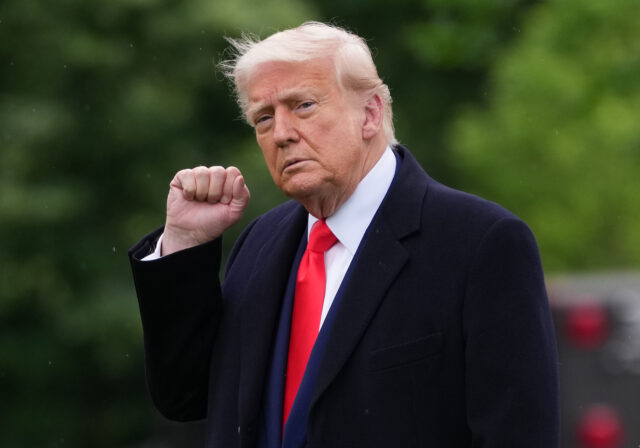Tariff Burden Falls Heaviest on Higher-Income Consumers, CBO Finds

Recent tariff increases by the Trump administration are expected to have the greatest impact on higher-income consumers, according to a new analysis from the Congressional Budget Office.
While the tariffs are projected to raise prices modestly across all income groups, the CBO found that the steepest price increases will occur in durable goods—such as automobiles, appliances, and electronics—which make up a larger share of spending among high-income households.
“Durable goods account for a larger share of total consumption for households at the higher end of the income distribution,” the agency wrote in a letter to congressional leaders this week.
Lower-income households, by contrast, tend to spend more on food, housing, and services—categories that are either exempt from tariffs or less sensitive to import prices. In addition, many low-income households receive government transfer payments that are indexed to inflation, helping to offset the impact of rising prices.
The CBO estimates that the new tariffs will increase inflation by roughly 0.4 percentage points in 2025 and 2026, raising the overall price level by about 0.9 percent by the end of 2026. After that, the inflationary effect is expected to level off.
Though all households will see some decline in real income compared to the agency’s baseline forecast, the CBO’s distributional analysis indicates that wealthier Americans will face a larger dollar impact—due both to their higher levels of durable goods consumption and the absence of inflation-indexed transfers that shield lower-income families.
The CBO also noted that industries producing goods that compete with imports are likely to expand, potentially creating higher-wage jobs for domestic workers and helping offset some of the effects of price increases.
The report accompanies a broader fiscal analysis showing that the tariffs—enacted between January and May 2025—are projected to reduce federal deficits by $2.8 trillion over the next decade, primarily through increased customs revenue and lower interest payments on federal debt.
That figure exceeds the CBO’s estimated cost of President Trump’s proposed extension of the 2017 tax cuts, which it projects would raise deficits by $2.4 trillion. Some economists argue the tax cuts may partially pay for themselves by boosting investment and productivity—particularly if paired with a policy that encourages reshoring domestic manufacturing.
While the CBO is still evaluating longer-term distributional effects, its initial findings challenge the assumption that tariffs disproportionately burden the poor. Instead, the agency’s analysis points to a structure in which the direct impact of the tariffs is tilted toward higher-income consumers.